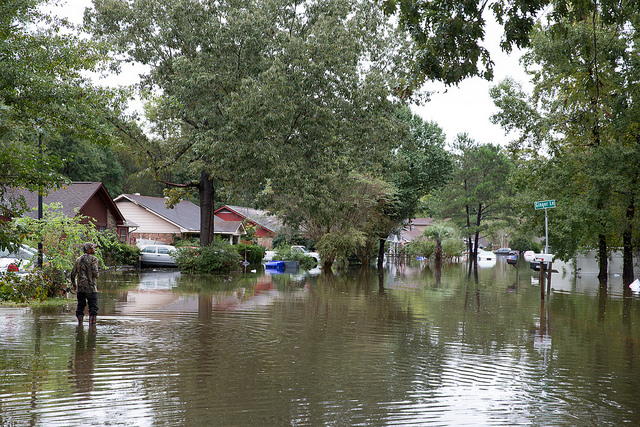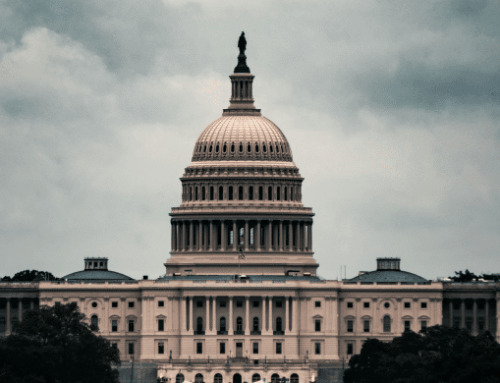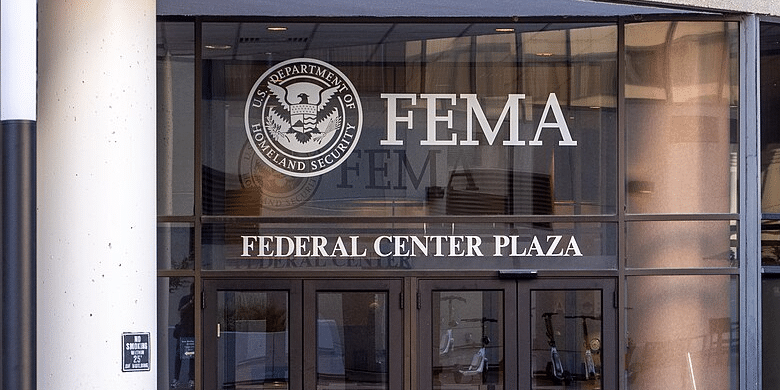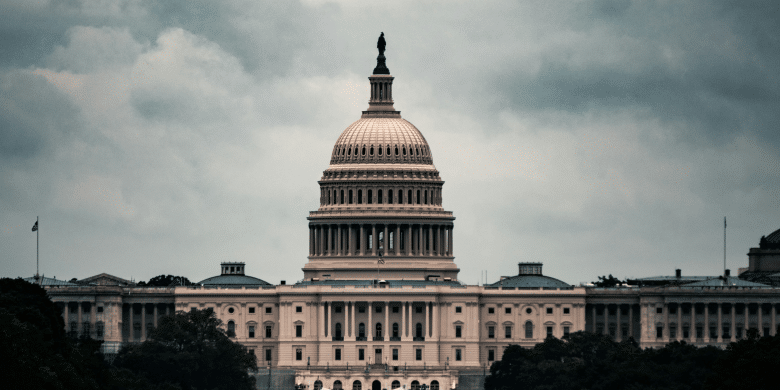Millions of Americans rely on the National Flood Insurance Program (NFIP) to rebuild following natural disasters. But with the NFIP on the verge of a financial crisis, consensus is growing for reforms  that will ensure the program can continue to pay claims and protect people in harm’s way.
that will ensure the program can continue to pay claims and protect people in harm’s way.
Property owners, taxpayers and our country’s natural resources will be at risk without action, and the clock is ticking.
Disasters with a price tag exceeding $1 billion in flood damages were previously limited to one or two per year, but now occur at least five to 10 times per year. As a result, this federal flood insurance program – which provides coverage for more than 5 million policyholders – is drowning in $23 billion worth of debt. Some policy holders live in natural areas that provide critical wildlife habitat and protect communities and families from storms. Giving the NFIP much-needed updates would both reduce the program’s burden on taxpayers and lower the economic impact of disasters.
The need for reform is great, and in a time when it seems impossible for rivals on a major issue to come together and work toward a solution, we are changing the debate.
The National Association of REALTORS® (NAR) and the SmarterSafer coalition have at times disagreed in the past about how to address this issue. However, the path forward has become so clear, and the stakes so high, that we are urging Congress to rescue the program with a series of common sense reforms before it’s too late.
We agree that:
- The NFIP is a critical part of the future landscape for homeowners and taxpayers alike so it must be reauthorized long term;
- The private sector needs to be encouraged to provide consumer choices in addition to the NFIP;
- The government needs to do more to encourage resiliency and provide incentives for policy holders to build higher or relocate to higher ground away from our coasts and waterways; and
- The NFIP must do a better job of mapping and estimating risk, and that rates should reflect that risk over time.
- The fact remains that while homeowners face one major flood event after another – including floods along the Mississippi River, Hurricane Sandy, and last year’s floods in South Carolina – demand on the already-strained system is not letting up.
While the NFIP should remain a viable option for property owners, that doesn’t mean there isn’t a place for private insurers. Hurdles for private insurers to enter the flood insurance market should be knocked down, and consumers should be able to jump between private and public plans without being penalized.
A robust, competitive private flood insurance market could potentially offer comparable options at lower costs than the NFIP. That’s a win for consumers.
Affordability also remains a critical issue. For too long, policymakers have tried to keep rates down through subsidies. While that works in the short term, in the long run it keeps more families — and their homes – in harm’s way. It’s time to get serious about mitigating the flood risk that millions of homeowners face around the country while keeping insurance rates on a gradual glide path to market rates.
Whether that means strengthening a home, raising it out of harm’s way, or relocating entirely, homeowners could potentially reduce their risk from a damaging and dangerous flood while reducing their insurance costs in one swing. Congress should offer financial assistance, among other incentives, to encourage proactive measures now that will reduce property damage, protect natural resources and save lives later.
Lastly, to ensure this process is transparent and fair to homeowners, we need to improve the flood maps used to set rates. FEMA’s flood maps are old and outdated. As it stands today, homeowners who are mapped in a flood zone have two options: Buy insurance at the rate the government tells you to, or prove that maps are incorrect.
That’s wrong. We should put modern data and technology to work, which will ensure fair rates while giving prospective homebuyers a clear look at future costs.
Making critical reforms to the NFIP before it’s up for renewal in 2017 is a big challenge. But if NAR and SmarterSafer can come together to find a solution on this issue, policymakers can do the same. Taxpayers, homeowners, conservationists and consumers alike are counting on it.










